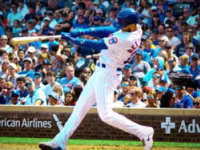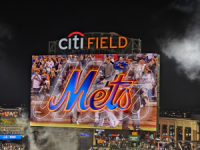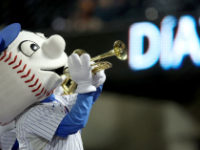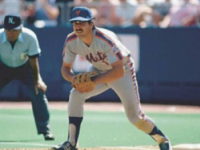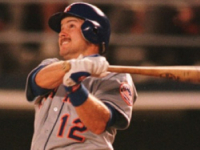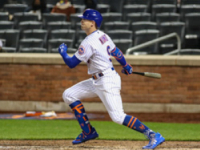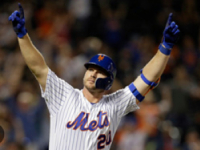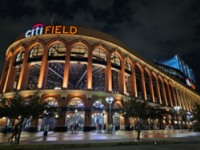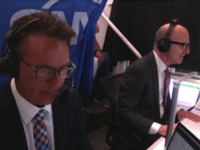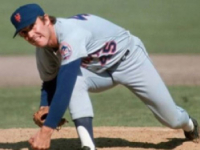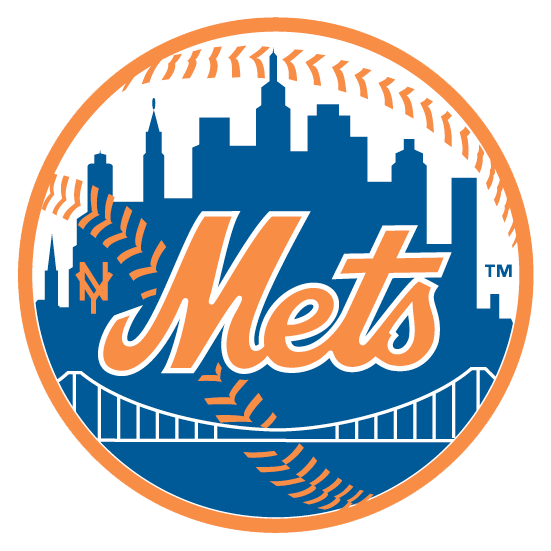What made Nimmo so attractive was that he was an on-base machine. From the onset, when he first arrived, Nimmo was known to be raw. His high school had no baseball team and he had to use other avenues to get game-time and hone his skills. Those skills always included some great hand-eye coordination and allowed him to put the bat on the ball. And that got him to force his way into the Major Leagues and into the Mets lineup. It also afforded the Mets to let go of Michael Conforto, another No. 1 draft pick but who harnessed a bit more power than Nimmo.
And since Conforto packed his bags, Nimmo has emerged with some more power, but it has come at the expense of what made him such a valuable asset for the Mets. Yes, his power numbers have been up. But so have his strikeouts. And at the same time, his OBP, which was always hovering around, or above, .400, has greatly dropped.
Nimmo has always been a great organizational person. He plays VERY hard and is always hustling. And never an ill word or complaint, always makes whatever changes are necessary for the betterment of the team, and never any controversy.
So why move him? Simply because what did make him so valuable is no longer there. As I said, while not your typical prototype lead-off hitter because he was not exactly a stolen base threat, that .400 or so OBP was a huge asset, especially for a team that has a lot of “swings and misses.” And, now, he is one of those with a lot of swings and misses as his swing has changed to elevate the ball while it drops his OBP.
And while NImmo was projected early on as a centerfielder, he never was a guy who could cover a lot of ground. But give him credit, he made himself into a reliable centerfielder…for a while. And now the years have caught up with him and he is not a capable everyday centerfielder, and he is not even a really good corner outfielder. There are players who are better suited to be on the field. So where does that leave Nimmo?
Nimmo is not an ideal DH because 1) he doesn’t have a lot of power regardless of his slight increase in those numbers the last couple of years and 2) to be blunt, he simply doesn’t hit enough any longer to warrant being handed that everyday slot in the lineup. And that is what made the decision of hitting Nimmo cleanup in this lineup so absurd. Nimmo was never a cleanup hitter. His OBP made him a good, not great, leadoff hitter. But he was always more of a No. 2 or No. 9 hitter. But cleanup? Makes no sense.
The problem is that Nimmo is in the middle of an eight-year contract that pays him $20 million a year through 2030. He is 32 years old. That will take us through his 37th birthday. Unless he is the second coming of Barry Bonds, he ain’t getting any better than what he is right now and, quite frankly, we may be seeing the beginning of his downside.
Regardless of the oodles of money bestowed upon Max Scherzer and Justin Verlander, the Mets bit the bullet, rather bulletSSSSS, and shipped those two off for a number of valuable prospects, and ate a bunch of money. Even with the fact that Nimmo has more years left than those two did, the Mets may be able to eat even less with Nimmo. Ya never know.
But one thing we do know, it looks like Nimmo’s is another bad contract that is not likely to pay much more dividends.







